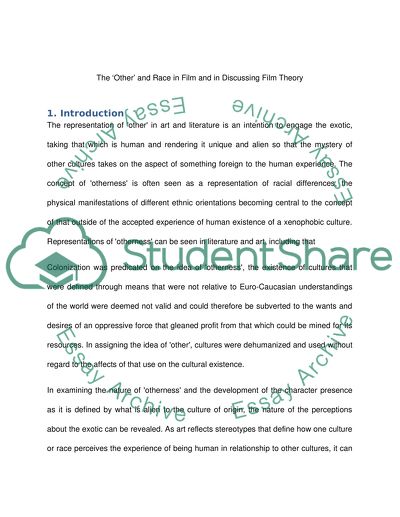Cite this document
(“The 'Other' and Race in Film and in Discussing Film Theory Essay”, n.d.)
Retrieved from https://studentshare.org/visual-arts-film-studies/1455773-is-the-notion-of-the-ychotheryie-useful-for
Retrieved from https://studentshare.org/visual-arts-film-studies/1455773-is-the-notion-of-the-ychotheryie-useful-for
(The 'Other' And Race in Film and in Discussing Film Theory Essay)
https://studentshare.org/visual-arts-film-studies/1455773-is-the-notion-of-the-ychotheryie-useful-for.
https://studentshare.org/visual-arts-film-studies/1455773-is-the-notion-of-the-ychotheryie-useful-for.
“The 'Other' And Race in Film and in Discussing Film Theory Essay”, n.d. https://studentshare.org/visual-arts-film-studies/1455773-is-the-notion-of-the-ychotheryie-useful-for.


